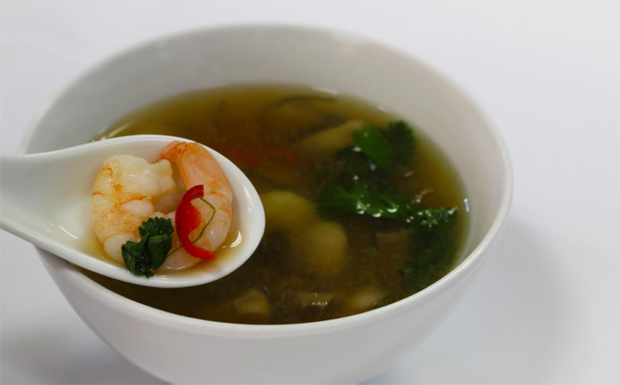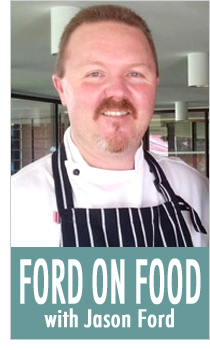by Jason Ford
Ford on Food
A lot has changed in the world of food and cooking since I first became a chef.
For one thing, dining out has become a lot more casual.
In fact, the traditional formal dining experience has become quite a rarity.
As a result, much of the classic dining etiquette associated with cutlery, crockery and formal dinner protocol is becoming a lost skill.
Which means some people may struggle to understand how the layout of a formal dinner setting is used.
This can be a little awkward if they find themselves in a fine dining environment with a wide selection of cutlery laid out before them.
However, for those who need some clarity regarding the correct use and understanding of various cutleries, here are some basic principles:
- In the restaurant industry, all eating implements used on a table setting are referred to as ‘Flatware’ and in many western countries, the words ‘cutlery’ and ‘silverware’ are interchangeable
- There is a myriad of specialised cutlery, such as steak knives, fish knives, parfait spoons, oyster forks, crab crackers and lobster picks. But don’t fear because the next rule will help you identify when to use them
- The most critical piece of knowledge I can share is that the cutlery is carefully laid out with the intention it will be used in a very specific sequence. The basic rule is that the cutlery is placed at the furthest point from the meal on both left and right-hand sides are to be used first, then you follow with the next pieces of cutlery in line, moving inward.
- The forks are always located on the left, and the knives and spoons (such as soup) on the right
- If you find a knife resting on top of a side plate, this is for buttering your bread
- Dessert cutlery is often positioned above the plate, where you will normally find a fork and dessert spoon perpendicular to all other cutlery, this will be used last
- When you are finished eating place your dirty cutlery on the plate – parallel to each other – with the pointy ends facing inward. This will alert the waiter to clear your plate ready for the next course.
There is much, much more to the conventions of dining, such as the correct placement of glasses and appropriate table manners, formal customs and decorum.
But hopefully the brief tips above may shine some light on how to chose which fork’n knife to use.
Now, here’s a favourite recipe of mine you’ll only need a soup spoon to enjoy:
* * *

Tom Yum Goong (Sour Shrimp Soup)
Ingredients:
- 350gm raw green prawns, peeled and deveined
- 2 litres chicken stock
- 3 lemongrass stalks, bruised and finely chopped
- 3 galangal slices
- 3 chillies, sliced
- 5 kaffir lime leaves, torn
- 2 tbsp fish sauce
- 70gm straw mushrooms
- 2 spring onions, finely sliced
- 3 tbsp lime juice (fresh)
- 3 tbsp coriander leaves, torn
Method:
- In a saucepan bring the stock, one stalk of lemongrass and the galangal to the boil
- Reduce the heat and gently simmer for 20 minutes
- Strain the stock and discard the flavourings
- To the stock, add the remaining 2 stalks of lemongrass, chillies, kaffir lime leaves, fish sauce, straw mushrooms and spring onions. Simmer for another couple of minutes
- Add the prawns and cook for another couple of minutes until the prawns are firm and pink. Remove from the heat and add the lime juice and coriander leaves, then serve
Note: It’s also nice to add spoonfuls of steamed jasmine rice to your bowl of soup as you eat it.
























